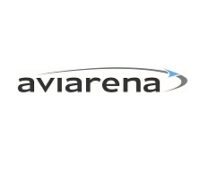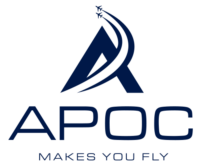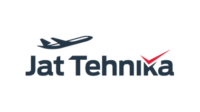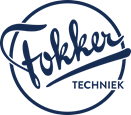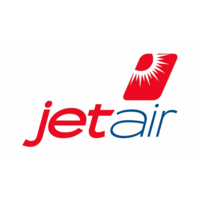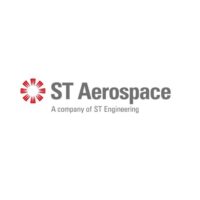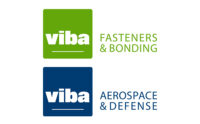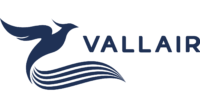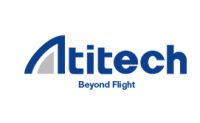Incoming Goods Inspection
The EASA Part-145 Stores Management and Incoming Goods Inspection System is an essential element of the Part-145 approval. It must be managed and staffed by trained and competent staff. This training is designed to cover all elements which are essential to the effective management and operation of a fully compliant Inspection Process.
Course information
Course Description:
A well implemented incoming goods inspection training is essential to comply with the aviation regulations and to avoid the installation of incorrect or unairworthy parts or components in the aircraft. In this course we will look at the regulatory background, the internal procedures and the practical implementation of the inspection and acceptance process for parts, materials and components in an aircraft maintenance organisation.
Course Objectives:
In this course we will discuss the requirements related to the acceptance of equipment and material into a Part-145 environment. The incoming goods inspection is the first safety net after the purchase of the parts or materials have been accomplished. A proper incoming goods inspection process will guarantee that unapproved or bogus parts or parts that do not meet the purchase or design criteria will enter into the Part-145 organisation.
With this course the participants will understand the intention of the legal requirements and processes related to the acceptance of components and parts into a Part-145 organisation.
Learning objectives:
With this course you will become able to understand Airworthiness and Certification principles necessary for receiving parts. Also, the course enables students to review the problems associated with the organisation of the stores. The training addresses how to increase the overall logistics effectiveness of the production and maintenance organisations.
Regulatory requirement compliance:
This course complies with the requirements of EASA 145.A.42(Including AMC and GM).
Prerequisites:
The participants of this course need to have a basic understanding of EASA 145 and MOE procedures related to parts and components.
Course Topics
This course is built up out of the following two sections (theoretical and practical):
Day 01 (Theoretical)
Part 1: Introduction
Part 2: Regulations and EASA Part-145 requirements
- Regulations and standards
- EASA Part-145 Requirements
- Definitions & Classification of Parts
Part 3: IGI and storage procedures (MOE general)
- Acceptance and inspection of Aircraft Components and materials from outside contractors
Part 4: Authorized Released forms
- EASA Form
- FAA
- TCCA
- Brazil
- CofC
Part 5: Airworthiness Directives
- Airwortiness Directive details
- EASA, FAA, TCCA AD’s
- Approved Maintenance Data
Part 6: Receiving and Inspection of serviceable goods
- Receipt verification
- PO verification
- Incoming inspection
- Acceptance or Rejection (quarantine)
Part 7: Packaging
- Air Transport Association
- ATA Specification 300
- Category III Containers
- Category I / II Containers
- Markings
- Covers
- MSDS
Day 02 (Theoretical & Practical)
Part 8: Service Life Limited Components
- Part-M Continuing Airworthiness Records
- MPD / AMP
- What is a Service Life Limited Component
Part 9: Shelf Life procedures / Storage procedures
- Shelf life
- Storage conditions
Part 10: Suspect Unapproved Parts (SUP)
- FAA (Detecting and reporting)
- EASA (Reporting)
- Bilateral agreement EU-USA
Part 11: ESDS Procedures
- Conditions for ESD
- Avoiding discharge
- ESD Sensitive items
- Protection
- ESD environment
Part 12: Scrapping of Parts & FOD
- Disposition of scrap and unsalvageable aircraft parts and materials.
- FOD
Part 13: Visit of the warehouse for examples
- Walk around & Review of typical parts (Assignment)
Part 14: Examination
- (Online) Multiple-choice examination
Course Duration:
Describe here the course duration (total duration to complete course).
Materials used
Required Materials:
- The latest version of eRules consolidated Regulation (EU) No 1321/2014 (download here)
- (Company) MOE, SOP
- Actual Inventory (details
Supplemental Materials:
Bring along a notebook and pen if you require to make written notes.
Hardware and Software requirements
Hardware requirements:
A reliable computer with internet connection is necessary to complete the online training.
Software requirements:
There is no software deemed necessary for this training.
Browser information:
We recommend that you use Google Chrome during the course and online examination.
Instructor information
Instructor credentials:
Mr. Danny Goergen has over 10 years of experience in the aviation industry. After several years working as an aircraft mechanic, he graduated as Bachelor in Aviation Engineering and started as a process engineer in an EASA Part 145 approved component repair shop.
Within this organisation he had two EASA Form 4 positions as Technical Manager and Quality Assurance Manager. In this last position he developed himself as an internal trainer, providing training in EASA/FAA/CAAC Part 145 regulations, Human Factors and Company Processes and Procedures.
While working for this organization as a Quality Assurance Manager and qualified Human Factors trainer, he had the ambition to consult, support and provide training not only for his employer, but also to offer these services to other organizations in the aviation industry.
In October 2009, Danny Goergen founded Holland Aviation Consultancy & Engineering (HACE).
Besides providing consultancy and training services to the aviation industry, on behalf of HACE, he also founded an online training platform, that facilitates the several HACE online training courses, such as Human Factors, EWIS target group 1-6 and Fuel Tank Safety Training.
At the moment Mr. Danny Goergen is, on behalf of HACE, contracted in several interim quality management positions. Two of his clients are Part 147 approved Aviation Competence Centre (ACC, AMC66), where he holds the EASA form 4 position of Quality Assurance Manager. Besides managing the Part 147 quality system, he is also responsible for training their staff in EASA Part 66-147 regulations awareness and MTOE procedures.
Contact information:
Contact to be established through Mr. Danny Goergen of HACE via danny.goergen@hace.aero
Assessment and grading
Testing procedure:
Students will perform an (online) examination with Multiple-choice questions. A laptop or tabled is with WiFi internet connection is needed to complete this examination.
Grading procedure:
This examination needs to be passed with a minimum pass rate of 75% in order to receive a certificate of course completion.
Assignments and Participation
Assignments and Projects:
During the course several excesizes will be presented. During the warehouse visit several practical assignments are being performed.
Class Participation:
Students must communicate with other Students in the chatroom.
Students are expected to communicate with instructor as a learning resource.
Students are actively participating in discussions.
Course ground rules
Participation is required, expected to communicate with other students in team projects, learn how to navigate in the learning environment system, keep abreast of course announcements, use the student e-mail address opposed to a personal e-mail address. Address technical problems immediately and observe course netiquette at all times.


